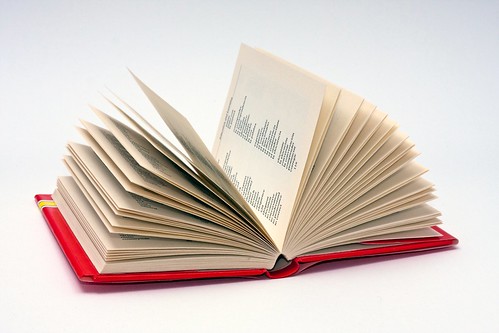Formatting is a big deal in self-publishing, and it's the one thing many indie authors let fall by the wayside. Doesn't every reader have the right to expect the books they read to look like all the other books they've read? If you're going to write, you're going to need to start thinking about your format from the very first word. Otherwise, you're just making more work for yourself to create a story that's ready for publishing.
Standard Formats
AP, MLA, APA -- there are a lot of different formats out there when it comes to article writing, and book writing is no different. Poems always have a certain format, and so does prose. Unless it truly adds something valuable to your work, you should always conform to the standard formats for the type of work you are producing. To do otherwise may alienate and infuriate readers, which is the very last thing any writer wants. Writing prose is pretty easy, format-wise, because basically there are only two you can choose:
- Fiction
Writers may choose to break text up into as many chapters as they like, with as much text as they like, in order to create suspense and interest. Lewis Carroll, author of Alice's Adventures in Wonderland, wrote a chapter in his most famous novel that took up only one line. The number of chapters isn't necessarily important, but indentations are. The blank spaces help to naturally separate the paragraphs and make the long blocks of text readable.
New speakers within dialogue must always begin their own new paragraph. Even if you are writing very short exchanges -- "How are you?" "Fine." -- you must put words from separate speakers into separate paragraphs.
- Non-Fiction
Formatting Your Work
Save yourself some time by formatting your writing as you write it. Simply create your writing in your favorite word processing program, always being mindful of maintaining proper formatting for your piece. Later, you will have to do additional work in order to format your writing for various eReaders. To make things easy on yourself, manually convert your story files into .TXT or .HTML and use formatting software, like Mobi, to make your writing eReader-friendly. If you start out with strong formatting in the first place, you'll spend a lot less time carefully editing your work to make it readable for your audience.











I actually love formatting. Something about seeing it in proper form is so satisfying.
ReplyDelete